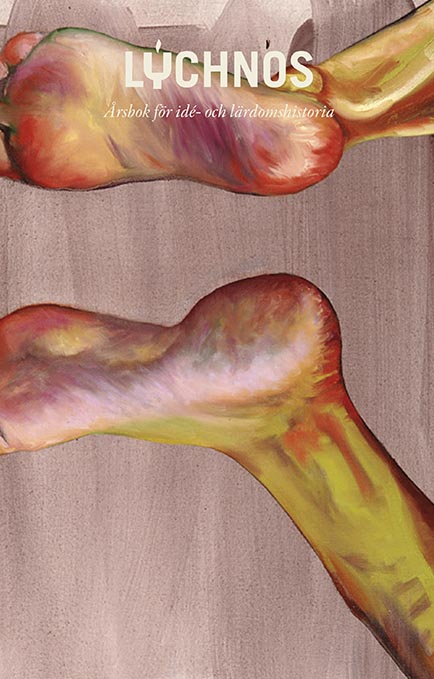The burning mirror as myth and artefact
About an artefact in the collections of the Army Museum
Keywords:
Scientific instrument, burning mirror, artefact biographyAbstract
The Army Museum’s collections include a unique burning mirror. There is no equivalent in any other museum collection in the world. It was long claimed that the mirror came to Sweden as a war trophy from Prague in 1648. Most recently, in 2006, the Czech historian Beket Bukovinska made this claim and presented a number of circumstances in support of her thesis. This text tests this thesis and describes the burning mirror, which has taken on the air of a mythical artefact. Burning mirrors have appeared in stories since classical antiquity, when Archimedes is claimed to have destroyed a fleet at Syracuse with the help of burning mirrors. Their ability to create high temperatures and thereby melt metal gave the mirrors an obvious place in the alchemist’s laboratory during the early modern period. We can now safely trace this mirror’s history to the university in Greifswald in 1751. Prior to this, its past is speculation or cloaked in uncertainty. The desire to insert this odd artefact into different historical contexts likely has led to interpretations based on weak historic foundations. This text uses the artefact biographical method, which today has a strong foothold among researchers interested in our material cultural heritage. Through the mirror’s more than 400-year history, we can follow how it has been included in a variety of narratives.
Downloads
Published
Issue
Section
License
This work is licensed under a Creative Commons Attribution 4.0 International License. The copyright for the work published in Lychnos remains with the authors.


